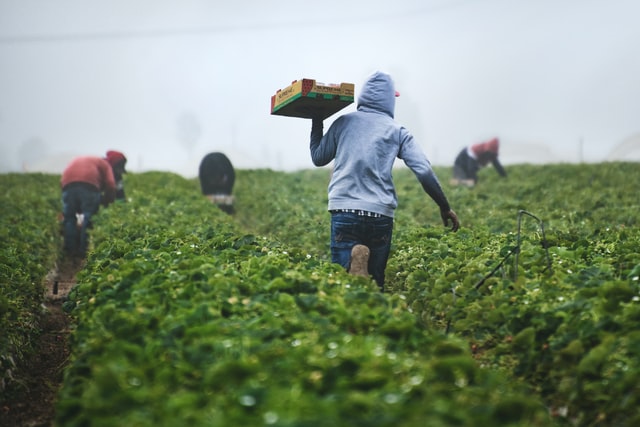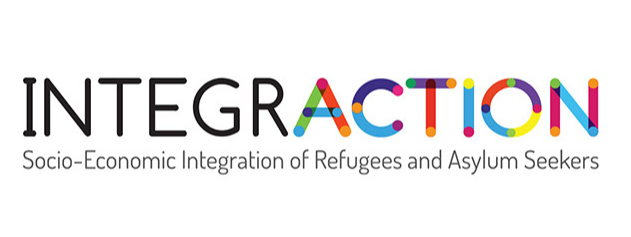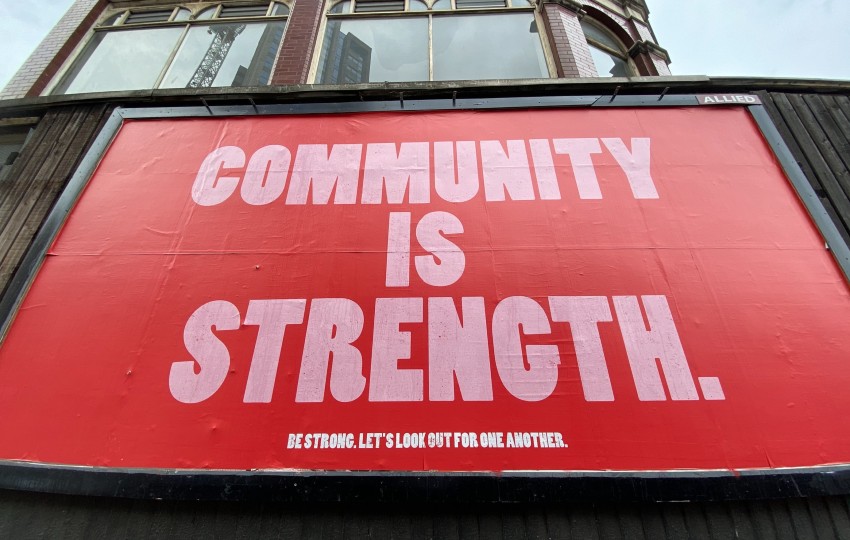Local communities are the places where immigrant integration takes place. It is the playground where both migrants and locals mingle and interact in everyday life, be it at the workplace, school, local markets, or churches. All in all, immigrant integration efforts demand elements of social interaction acting as a melting pot for the existence of different civilizations.
This article will explain why immigrant integration is essential and how this is achieved at the local level. Finally, it will give you a glimpse of the work done by the IntegrAction EU project in support of refugee and asylum seekers’ integration into society.
Why is immigrant integration important?
Before proceeding with the importance of the local communities in immigrant integration, we should first see the integration definition. Integration is the “incorporation as equals into society or an organization of individuals of different groups.” Therefore, integration is not just about accepting or receiving foreigners in a host country but rather designates their whole involvement in society.
Immigrant integration helps build stronger, more inclusive, and culturally diverse communities with essential benefits for the host country and the immigrants themselves. Particularly, immigrants bring way more things than simply their clothes and their essentials in their luggage. Most importantly, they bring their skills, thirst for work, different ideas, and culture with them. They can boost economic growth and revitalize whole neighborhoods and communities.
As Europeans have started abandoning rural areas en masse to pursue a better life in cities, immigrants have started taking their places while finding employment in farming. As such, many harvests around Europe heavily rely on the work done by migrants. There would be almost no one to pick up crops without them, and they would go to waste. For example, Manolada is a famous strawberry-growing region in Greece that relies almost entirely on migrant workers.

Based on the above, immigrants are essential in strengthening crucial sectors of the economy like farming, which ensures food safety and affordable prices for consumers. As far as the life of migrants is concerned, immigrant integration raises their household income and allows them to live above the poverty line and lead more meaningful lives.
How local communities provide solutions for immigration integration
As was said above, immigrants integrate at the local level, and the local communities play an important role. However, many factors influence how easily someone can integrate into a host country working together with the efforts made by local communities. Some of these facilitating factors are the following:
- Fluency in the local language,
- Their psychosocial needs,
- Their health condition,
- Their age and gender,
- Whether they have family members or friends in the receiving community,
- Existing support services for immigrant integration or helpful diaspora communities,
- The degree to which locals are accepting of foreigners.
In turn, local communities help immigrant integration in many ways but let’s have a look at 2 of the most important ways:
Volunteering

Volunteers can offer the personalized and informal support migrants need at least early on in their resettlement. Their work is supplementary to the state’s as it is not always enough to cover their fundamental needs. Volunteers help create large social networks, build good relationships with the migrants and refugees and the larger community. Volunteers can help in immigrant integration by doing social and recreational activities, assisting in language acquisition, and through buddying and mentoring programs.
Capacity building in diaspora communities
Diaspora communities always played an important role in welcoming and integrating immigrants into the new host country. A diaspora community comprises people from the same country or region living in another country. They can be characterized as a community only if they collaborate and help each other based on their shared origin. Therefore, diaspora communities can help prepare the local communities to accept the new arrivals of migrants and, in turn, assist newcomers. Such community actors are faith-based groups, community associations, and student societies that play a critical welcoming and supporting role.
Socioeconomic integration of refugees and asylum seekers through IntegrAction Project

The need for migrant integration is prominently recognized at the European level. The EU gives many funds to organizations supporting migrants and refugees all over Europe as migrant integration remains one of the European priorities.
IntegrAction is an Erasmus+ project that caters to the socio-economic integration of refugees and asylum seekers at the local level. The project’s goals are as follows:
- Aid in the socio-economic integration of refugees and asylum seekers by improving their language abilities,
- To increase immigrants’ employability by developing socio-professional and entrepreneurial skills geared toward job placement, active job search, and self-employment.
- Develop the immigrants’ social and intercultural skills by encouraging active engagement in local groups of interest.
Learn more about IntegrAction by visiting the project’s official website.
Wrapping up
Migrant, refugee and asylum seekers’ integration is key to European societies’ future well-being and cohesion. For this reason, for successful immigrant integration, Europe needs well-managed and effective migration and asylum policies focusing on the local communities. The social connections that can form in local communities are important factors for successful immigration integration efforts. They can help with the most basic needs of migrants, like learning the local language, finding a job, or a home to stay in.

